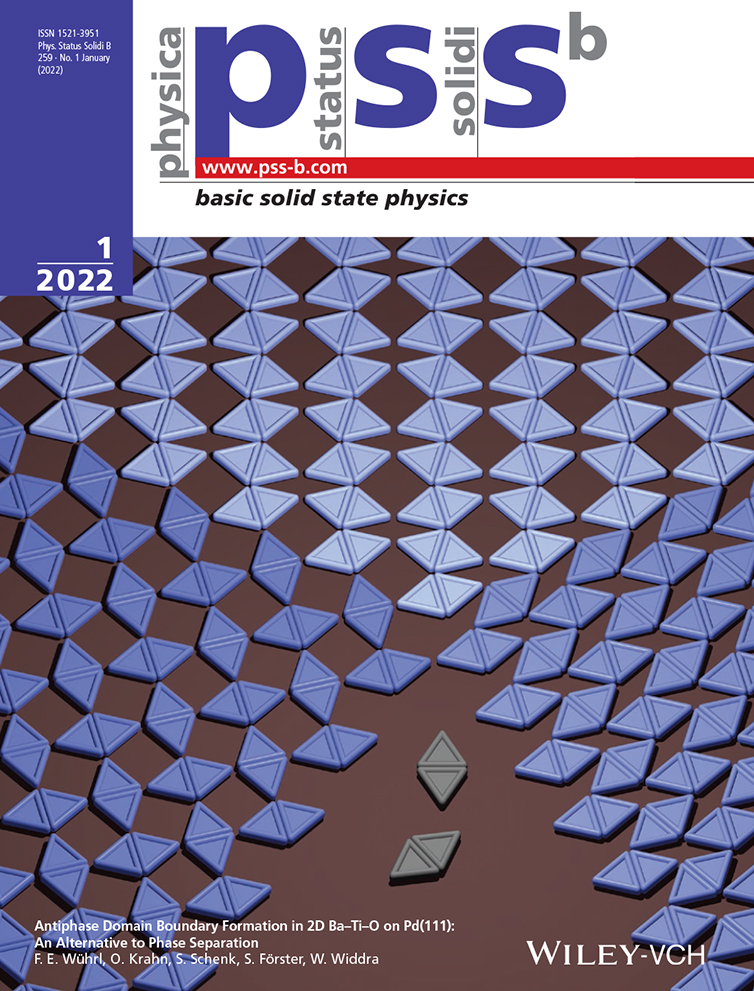Luminescence Characteristics in Hexagonal and Cubic-Phase GaN on Micropatterned Si(100) Substrate
Abstract
The luminescence characteristics of the hexagonal GaN (h-GaN) and cubic GaN (c-GaN) on micropatterned Si(100) substrates are explored. Microstripes of InGaN/GaN multiple quantum wells in the cubic and hexagonal phases are grown on V-grooved Si(100) substrate. The crystal phases are identified by X-ray diffraction and selective area electron diffraction, which shows the top surface is c-GaN(001) phase at the center and h-GaN(101) at the side regions. Then, the energy dispersive X-ray spectra of the indium content demonstrate the indium content in cubic InGaN/GaN multiple quantum wells (c-MQWs) is higher than that in hexagonal InGaN/GaN MQWs (h-MQWs). In addition, photoluminescence and cathodoluminescence measurements reveal that a cubic InGaN/GaN quantum well has produced longer wavelengths. The c-MQWs could incorporate higher indium content and realize longer wavelength emissions, which has great potential to realize red light emitting diode.
Conflict of Interest
The authors declare no conflict of interest.
Open Research
Research data are not shared.




